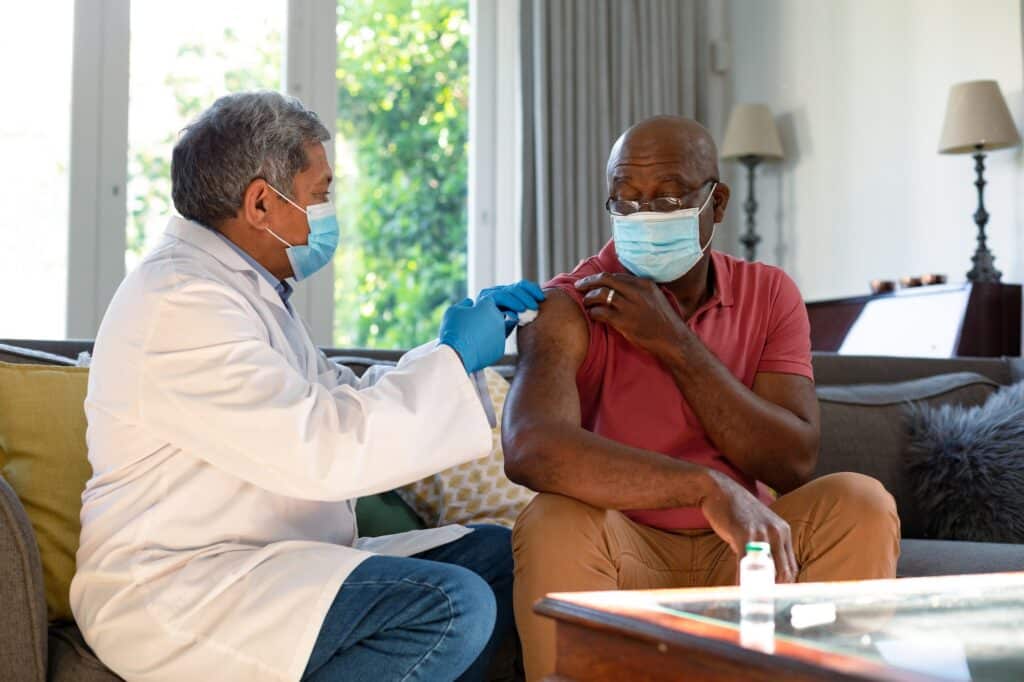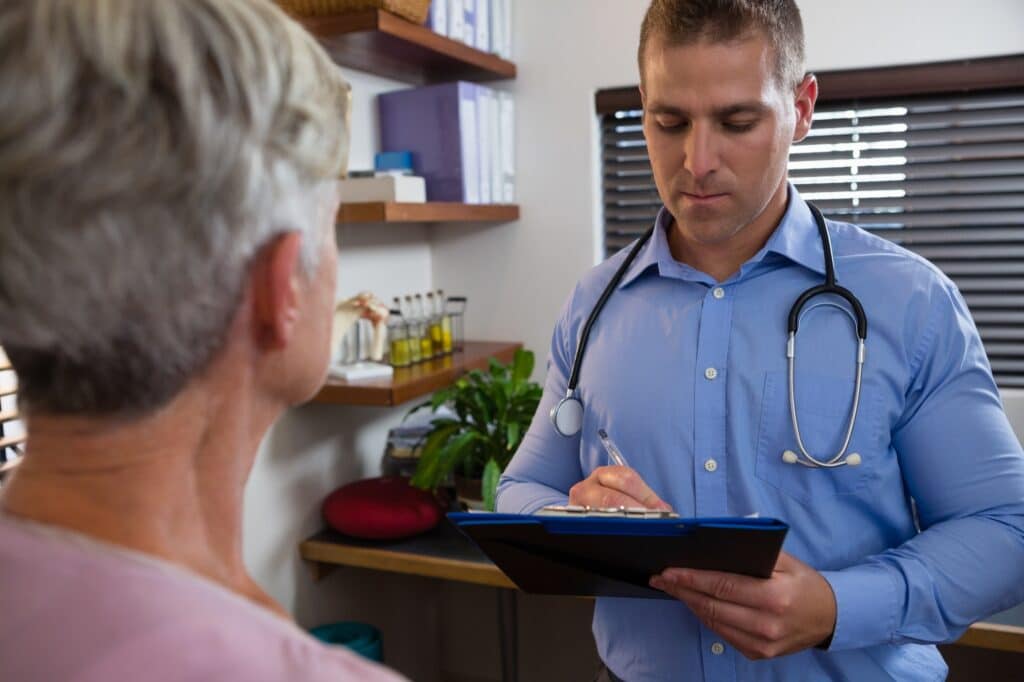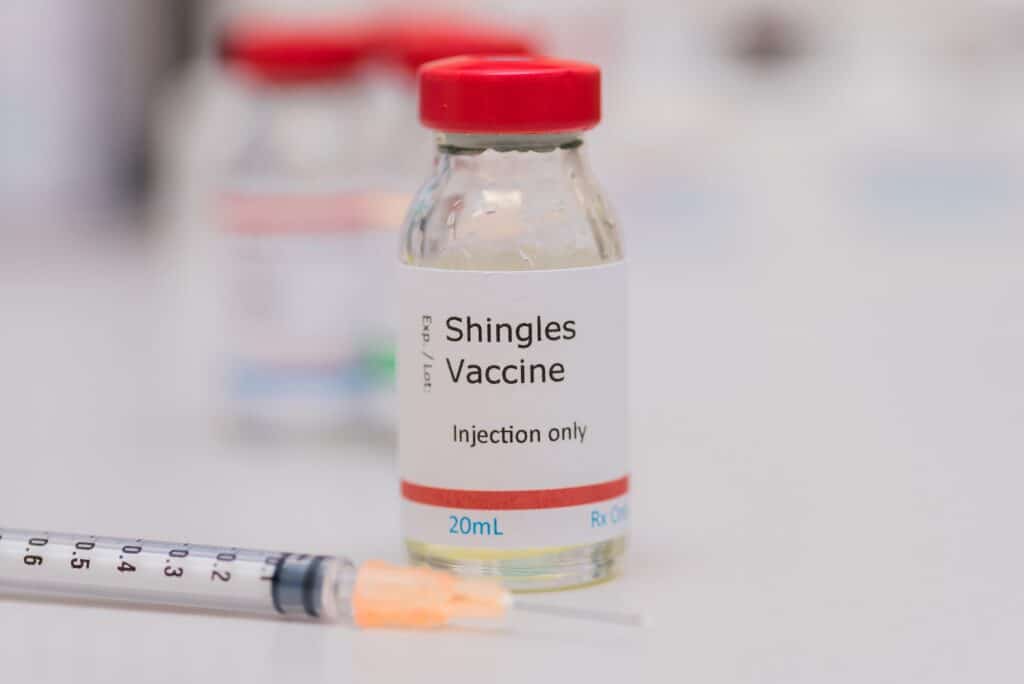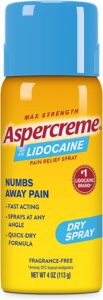Shingles can be an incredibly painful and disruptive condition, especially for those who aren’t prepared for its onset. Understanding the shingles stages, recognizing the early signs, and knowing the best treatment options can significantly impact your recovery and quality of life.
Being informed about shingles is crucial whether you’re dealing with the initial tingling pain, the acute rash, or the lingering effects of post-herpetic neuralgia.
This guide will explain the key stages of shingles, how they progress, and practical steps you can take to manage symptoms and prevent complications.
What Are Shingles?

Herpes zoster, or shingles, is a painful skin rash caused by the same virus that causes chickenpox.
The virus remains dormant in the body after an individual has had the chickenpox virus, typically very early in life. It can reactivate itself later in life to cause the symptoms of shingles.
The hallmark sign of shingles is a red rash that usually appears as a band or patch of painful blisters on one side of the face or body, typically lasting for several weeks.1
The Difference Between Shingles and Cold Sores
A widespread misconception is that shingles and cold sores are the same. Cold sores and shingles are caused by the varicella-zoster virus, which can stay dormant throughout most of our lives.
Cold sores typically appear around the mouth and lips, while shingles symptoms include a tingling or burning feeling often described as ‘tingling pain.’
This “shingles pain” and associated shingles blisters contribute to moderate to severe discomfort for many people, often much longer than cold sores.
If you’re unsure whether you are experiencing a cold sore or shingles, talk to your doctor to find the appropriate treatment.
Unfortunately, the virus that causes shingles cannot be prevented from reactivating once in the body. Still, you can take steps to reduce the risk of developing shingles.
For example, the CDC recommends adults 50 years and older get two doses of the shingles vaccine, which is more than 90% effective at preventing shingles and long-term complications.2
Luckily, shingles are not contagious and cannot be passed from person to person. However, people who have never had chickenpox can still catch the virus from someone experiencing shingles if they come into contact with the fluid from the blisters.
People with shingles should cover the affected skin area until their rash has cleared.
The Three Shingles Stages

Shingles occur in three stages: pre-eruptive, acute eruptive, and chronic (or post-herpetic neuralgia). Each stage has its symptoms and treatments.
The Pre-Eruptive Phase
The pre-eruptive phase is the first stage of the shingles outbreak progression. During this period, there are no visible signs of shingles, but you may feel itching, burning, or tingling in the area where the rash will eventually appear. This stage usually lasts between one and five days.
The best way to manage the pre-eruptive phase of shingles is to start antiviral medication as soon as possible. Antiviral drugs can help reduce the severity of symptoms and may help shorten the duration of shingles.3
However, it’s essential to have a discussion with your doctor to ensure medication is safe for you, as many seniors are already taking multiple other drugs, some of which may conflict.
Getting plenty of rest, staying hydrated, and keeping the affected area clean and dry are also essential. To make this phase more comfortable, avoid anything that could further irritate your skin, such as tight clothing or extreme temperatures.
The Acute Eruptive Phase

The second of the shingles stages is known as the acute eruptive phase. During this time, the hallmark shingles rash will form along one side of your face or body. As the rash develops, blisters or vesicles will typically appear along the rash, which can be very painful and sensitive to the touch.
In most cases, these blisters will rupture and then slowly crust over. During this phase, you may experience flu-like symptoms such as fatigue and fever, making self-care more challenging.
In a typical shingles timeline, the rash and blisters of the acute eruptive phase take one to two weeks to heal completely, but some seniors may require longer, especially if they have other health conditions that may slow down their body’s natural healing process.4
The most important thing you can do during this phase is to get plenty of rest, stay hydrated, and keep the affected area clean and dry.
It’s also crucial to avoid scratching or picking at your blisters, which could lead to complications or other infections.
Over-the-counter pain medications may help make the rash more comfortable, but discuss any self-care plan with your doctor first to ensure your safety and minimize side effects.
If you’re having difficulty managing your symptoms, or if the rash doesn’t improve after a few weeks, talk to your doctor about self-care and other treatment options.
There’s got to be SOMETHING that helps!
Treating the symptoms of shingles is a tricky thing. The best thing you can do is get antiviral medications started with your doctor ASAP. But what about in the meantime? Though there are many over-the-counter creams for itching and pain, creams and lotions moisturize the sores and will keep them around even longer. Personally, we recommend Aspercreme Max Strength Lidocaine Pain Relief Dry Spray. The spray keeps the area dry and contains the max amount of numbing lidocaine you can get without a prescription. It also doesn’t have extras in it, like fragrance, which can irritate the rash even more. Nothing is perfect unfortunately, but we feel this is the best option and should provide some relief without prolonging the misery. Be aware that these are small 4-ounce cans, so you might want to order two so you have a backup. Hang in there!
Our recommendations are the same items we trust and prescribe to patients. When you buy through links like this on our site, we may earn an affiliate commission to support new content.
Chronic Phase (Post-Herpetic Neuralgia)

The third and final of the three stages of shingles is the chronic phase, or post-herpetic neuralgia (PHN). This stage is considered a long-term complication of shingles progression that involves a variety of chronic symptoms.
If you begin developing post-herpetic neuralgia, you may experience pain in the area where your rash appeared for several months after the acute eruptive phase has ended. Additionally, symptoms like joint pain, fatigue, and difficulty sleeping are common when dealing with PHN.
The main goal of treating post-herpetic neuralgia is managing pain and other associated symptoms. Treatments such as pain medications, topical creams, and specialized patches are popular options that may help reduce discomfort levels when living with PHN.
Options for Relief at Home
To improve comfort, you can relax the affected area with a warm bath or shower, wear loose and comfortable clothing that isn’t irritating to your skin, and take regular breaks throughout your day to change positions and keep your body moving.
One essential treatment for seniors living with PHN is physical therapy. Regular physical therapy can help improve your overall strength, flexibility, and balance while reducing joint pain.5
Additional techniques, such as manual therapy or dry needling, may improve comfort and reduce symptoms.6
For long-term benefit, your physical therapist can provide educational information about managing your symptoms and making lifestyle changes to help you live your best life with PHN.
Be sure to talk to your doctor about which treatment options may be best for living with PHN.
Key Takeaways
- Shingles, or herpes zoster, is a painful skin rash triggered by the virus that causes chickenpox.
- The primary sign of shingles is a band or patch of blisters usually appearing on one side of the body or face.
- Shingles are different from cold sores, although the varicella-zoster virus causes both.
- Adults 50 years and older are recommended to receive the shingles vaccine for protection.
- Shingles progresses through three stages: pre-eruptive, acute eruptive, and chronic (post-herpetic neuralgia).
- Starting antiviral medication early during the pre-eruptive phase can help reduce symptom severity.
- Avoid scratching blisters during the acute eruptive phase to prevent complications.
- Post-herpetic neuralgia (PHN) may lead to pain and other symptoms for several months post-shingles.
- Physical therapy can be crucial for seniors experiencing PHN to manage pain and improve mobility.
- Timely medical advice and proper self-care can help manage shingles symptoms and expedite recovery.
FAQs
What triggers the reactivation of the chickenpox virus to cause shingles?
The chickenpox virus (varicella-zoster virus) stays dormant in nerve cells after an initial chickenpox infection. Various factors can lead to its reactivation, resulting in shingles. These triggers include emotional stress, a weakened immune system due to aging or other medical conditions, and certain medications like corticosteroids. However, it’s important to note that sometimes the reactivation can occur without an apparent trigger.
If I’ve never had chickenpox, am I at risk of getting shingles?
No, you won’t be at risk for developing shingles if you’ve never had chickenpox. However, you are susceptible to contracting the chickenpox virus if you come into contact with the blister fluid of a person with shingles. Once you’ve had chickenpox, you are at risk for developing shingles later in life.
Is it possible to get shingles more than once?
Yes, it is possible to get shingles more than once, although it is relatively uncommon. Recurring cases typically occur in individuals with weakened immune systems and may appear in different areas than the original outbreak.
Are there any specific foods or diets recommended for shingles recovery?
There isn’t a specific diet exclusively for shingles recovery, but maintaining a balanced diet rich in nutrients can aid healing. Antioxidant-rich foods like fruits and vegetables and foods high in protein can help bolster your immune system, making recovery smoother. Staying hydrated is also important for general well-being and can support healing.
References
- National Institute on Aging: Shingles. https://www.nia.nih.gov/health/shingles
- Centers for Disease Control and Prevention: Shingles Vaccination https://www.cdc.gov/vaccines/vpd/shingles/public/shingrix/index.html
- Centers for Disease Control and Prevention: Treating Shingles https://www.cdc.gov/shingles/about/treatment.html
- Patil A, Goldust M, Wollina U. Herpes zoster: A Review of Clinical Manifestations and Management. Viruses. 2022;14(2):192. Published 2022 Jan 19. doi:10.3390/v14020192 https://pubmed.ncbi.nlm.nih.gov/35215786/
- Vasileiadis P. Management of Neuropathic Pain and the Physiotherapeutic Rehabilitation of Patients with Chronic Post-Herpetic Neuralgia. Young Scientists’ Pages. Volume 73. https://www.eexot-journal.com/index.php/aoet/article/view/225/150
- Cebeci D, Karasel S. Treatment Analysis of Patients Followed up With Postherpetic Neuralgia in Nothern Cyprus. Mater Sociomed. 2022;34(1):55-59. doi:10.5455/msm.2022.33.55-59. https://www.ncbi.nlm.nih.gov/pmc/articles/PMC9229281/







